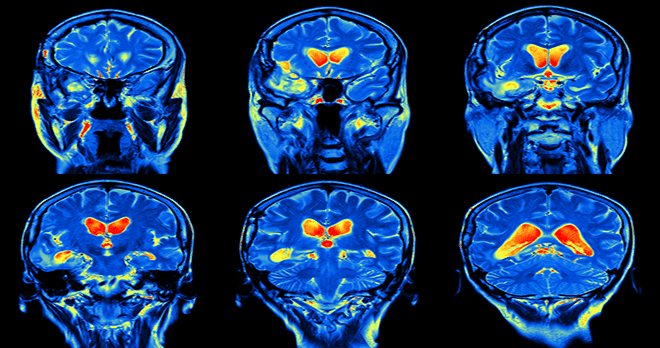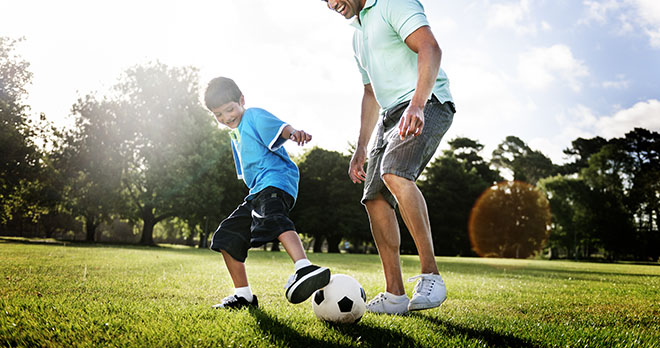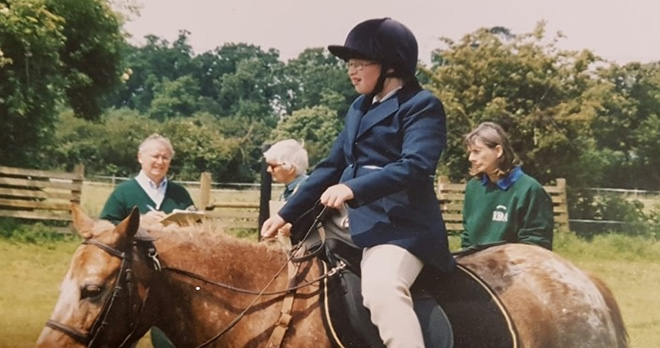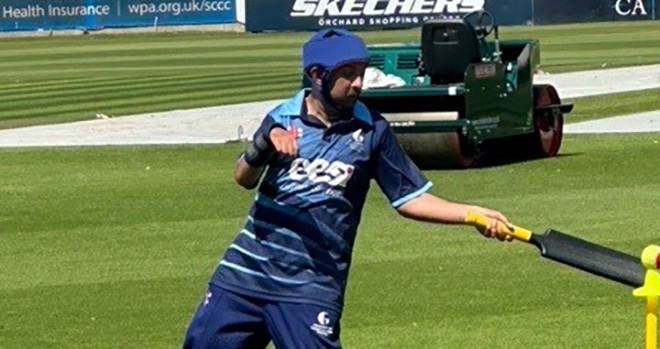Head injury in sports: is enough being done?
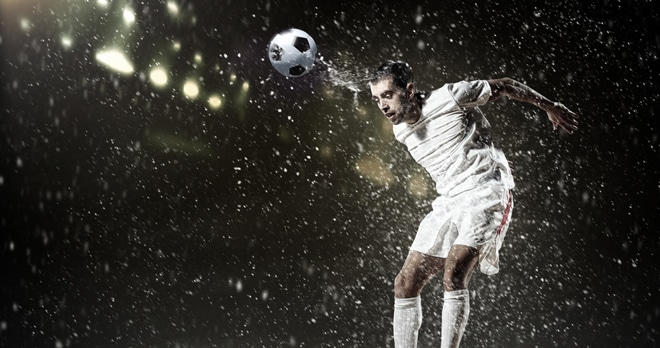
Common head injuries in sports
Diffuse Axonal Injury (DAI)
A Diffuse Axonal Injury (DAI) is a brain injury in which damage in the form of extensive lesions in white matter tracts occurs over a widespread area. DAI is one of the most common and devastating types of traumatic brain injury, and is a major cause of unconsciousness and persistent vegetative state after head trauma.
In October 2014, Jules Bianchi, a Formula One driver, lost control of his car in the Japanese Grand Prix and careered into a crane which was moving another car from the dirt trap. He suffered a serious diffuse axonal injury and unfortunately later died as a result of the accident.
Concussion
While what happened to Bianchi was dramatic, it is crucial to remember that even a minor blow to the head can result in injury, quite often a concussion.
Concussion in sport has recently featured in the news when Mike Brown, an England Rugby full back, suffered a concussion during the Six Nations match against Italy in February. He suffered a heavy blow and was ruled out for two weeks following.
The week before, also in a Six Nations match between England and Wales, George North suffered a blow to the head. The TV replays clearly show him knocked out, falling face first on to the pitch. Despite this head injury, which was his second during this match after a kick to the head in the first half, he played on for the remainder of the match. The medical staff later said that they had missed the incident. George was left out of the next match to allow an extended recovery time.
Concussion is the sudden but short-lived loss of mental function that occurs after a blow or other injury to the head. Concussion is the most common but least serious type of brain injury.
The medical term for concussion is minor traumatic brain injury.
Symptoms of concussion include:
- brief loss of consciousness
- memory loss
- disturbances in vision, such as 'seeing stars'
- confusion.
We've also written about the hidden symptoms of brain injury.
The risks to players of head injury
According to Dr Ajay Premkumar, an orthopaedic surgeon from the Hospital for Special Surgery New York City, who is conducting research into the frequency and effects of head injury in the 2018 football World Cup, there are many dangers if sporting concussions are not caught in time. For example:
- playing on with a concussion increases the sportsman’s risk of more traumatic brain injury, increased symptom severity, and a longer period of recovery;
- players are at risk of ‘Second Impact Syndrome’: a brain that is concussed a second time, having not recovered from the first, can result in disability or death.
The RFU’s response to these risks in rugby is to recommend a specialist neurological opinion be sought for players if they have experienced two concussions in a 12-month period.
You would have thought that with such high stakes, the precautions around concussion would be intense. In theory they are, but the reality is often very different. Referees and medical professionals come under pressure to keep games moving and players demand to be allowed back on the pitch; each making pragmatic decisions about concussion on the field that bit more difficult.
This seems to have been the case when Jan Vertonghen, the Tottenham defender, received a head injury during their crucial semi-final against Ajax. This has raised calls from some for a temporary 'concussion substitute', or an impartial concussion doctor at each game. Both these strategies are designed to remove the pressure of a player quickly returning to the field, removing a competitive bias, and giving the team the opportunity to field a temporary concussion substitute, whilst a more thorough medical examination can take place.
Head injury statistics in sports
Unfortunately, Rugby has seen a number of fatalities in recent years due to head injury. With four of these fatalities occurring in France, the Fédération Française de Rugby has begun to look for ways to make the game safer.
Ultimately, however, there is a demand for ever-stronger and heavier players, and, as Rennes coach Yann Moison pointed out in a BBC report:
"we are all responsible for creating ... rugby that favours collisions over movement (and) the media love it when a player crashes into another and knocks him to the ground”.
There would need to be a change in the fundamental culture of the game in order to divert it from this course.
This is a problem across sport though. Indeed, comparing concussion treatment in the 2014 and 2018 football World Cups, Dr Premkumar found that, in spite of new rules instituted by the FIFA medical committee, concussion identification and management had not improved:
- the concussion protocol was not followed in at least 63.3% of head collisions that resulted in two or more signs of concussion, up from 56.7% in 2014;
- of the 90 players thought to have two or more of these signs:
- 33 were assessed by healthcare professionals for between 13 and 253 seconds;
- 39 were assessed by the referee for under a minute; and
- 18 were assessed by another player or not at all.
How technology is used to avoid brain injury
VAR (Video Assistant Referee):
In medical assessments… Rugby and football have started using VAR as part of their medical assessments. This technology allows a second team doctor to assist the team doctor on the field by watching match footage in real time to have a better view of incidents leading to concussion injury. This began to be used in rugby in 2016, and the results are immediately noticeable given the aforementioned decline in concussion numbers: with symptoms more easily recognisable and more people able to assess the incident, concussion numbers have actually decreased rather than increased. In football use of the technology is much more recent, and the results therefore remain to be seen.
In training sessions… VAR technology is also being used to assist in training sessions, thereby reducing the risk of head injury from the outset: by re-watching and analysing training footage, coaches are able to identify dangerous player habits and behaviours and try to eradicate them at source. This is helping to establish better sporting practices generally, and instituting a culture in which exposure to increased risk of head injury is no longer an accepted side-effect of playing team sports but a preventable concern.
Saliva testing:
Exciting new research has shown that by means of a clever hand-held device an injured player’s saliva can be tested and concussion can quickly be diagnosed pitch-side.
The science behind it: springing from a study by The University of Birmingham, research has shown that certain molecules in blood, saliva and urine can act as signs of brain injury.
Speedy and accurate assessment such as this could increase the chances of correct diagnosis and thereby reduce the risk of serious injury. It would also mean players are less likely to argue the decisions of treating physicians, reducing instances in which they return to the field prematurely.
How is the sports industry improving?
While many sports remain rife with reports of concussion and other head injuries, in August 2014 the Premier League introduced a new set of rules to cover a potentially concussed player. The drawback is that though this may assist in some matches, it does not cover the lower leagues in football.
A campaign was set up to convince the Football Association to reconsider the way in which concussion is currently dealt with. This was introduced after the passing away of former West Bromwich Albion, Notts County and England striker Jeff Astle, aged 59, from a brain condition normally linked to boxing. This arose from heading a heavy leather football throughout his career.
The FA are also looking at having a “tunnel doctor” who will assist both teams in detecting possible concussions to make sure that any injured player can be medically examined at the earliest possibility.
Could more be done?
It is important to remember that, even with constant evaluation of concussion protocols and deep concern for player welfare on behalf of the sports’ governing bodies, head injuries still remain among the most prevalent and serious injuries in many major team sports.
The RFU, for example, recognises that the drop in last year’s numbers could simply represent a blip in an otherwise upward trend. It also recognises that the decrease represents only one fewer concussion every eight games: much more needs to be done to try to prevent it from occurring as frequently as it does.
However, concussion and head injury are being taken more seriously than ever before in sport, and one can only assume this will eventually lead to more a significant decrease in the number of incidents. With the consequences being understood more clearly, it seems likely players will be less resistant to the idea of being brought off for a concussion if it has been definitively diagnosed.
One potential way to assist would be to take a lead from the National Football League (NFL), who have invested heavily into concussion and awareness. They have engaged an independent doctor to observe matches via a TV screen, and to raise an alert if any player shows signs of being concussed. The player can then be removed from the pitch.
We advise anyone who is concerned over a possible concussive injury to seek advice from their doctor at the earliest possible opportunity.
If you or someone close to you has experienced a brain injury, and you think you have a claim for compensation, contact our specialist brain injury solicitors.
Call now









